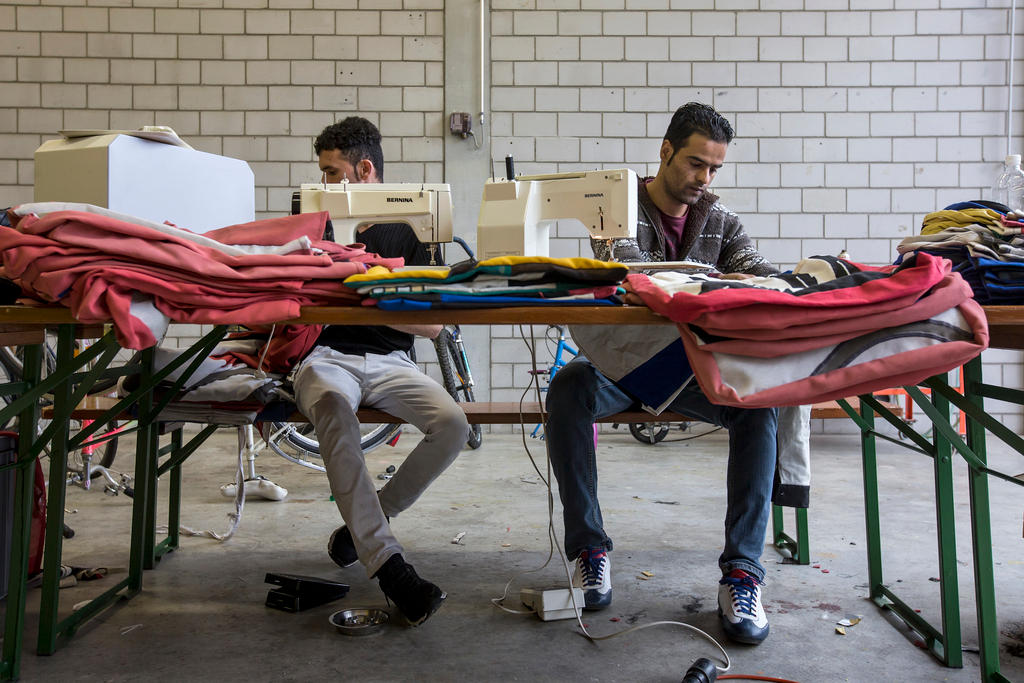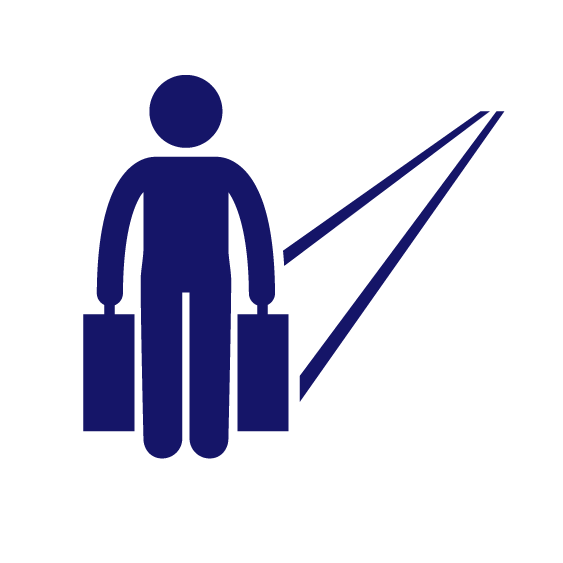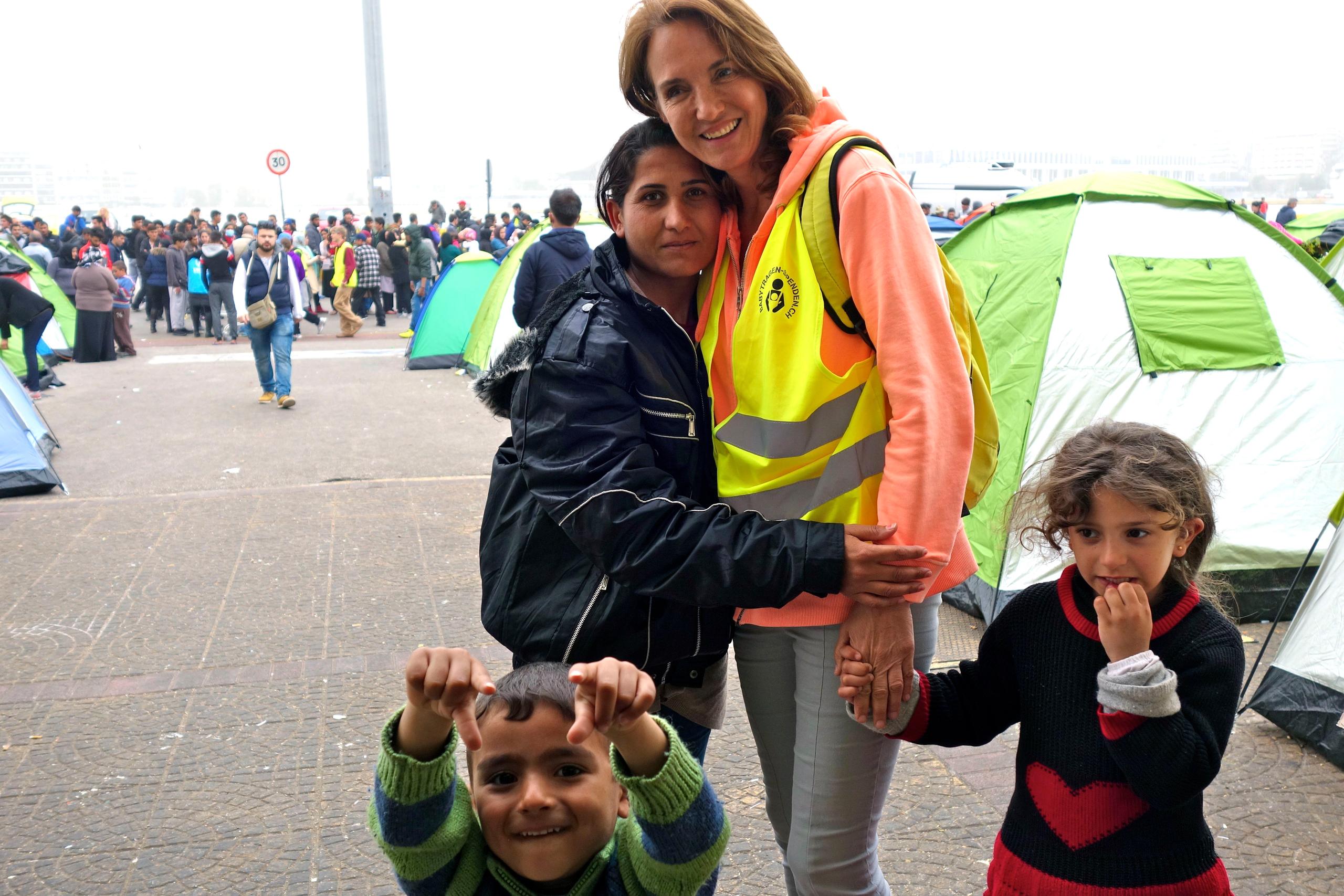Are most asylum seekers economic migrants?

As voters prepare to vote on reforms to Switzerland’s asylum law on June 5, the conservative right Swiss People’s Party has insisted that most applicants arriving in the country are not fleeing for their lives.
In an interview with swissinfo.ch, Albert Rösti, a member of parliament and the newly minted president of the People’s Party, argued that proposals to accelerate asylum procedures and offer free legal advice would only encourage undeserving applicants to come to Switzerland.
Instead, Rösti said, “we should be looking for solutions for rejecting or repatriating the so-called economic refugees, who constitute most of the asylum seekers in Switzerland”.
swissinfo.ch wanted to know if it was true that most applicants for asylum are not fleeing persecution or harm, but rather are people searching for better economic conditions.
While it is impossible to know the exact reasons why migrants leave their countries of origin, we can look at asylum decisions for a sense of what proportion of applicants Switzerland believes faces persecution or situations that prevent a safe return. This does not mean that those who receive protection are not economic migrants or vice versa, but it is the only type of analysis we can do based on the available data. The state has no legal obligation to offer protection to those it believes have left for other reasons, such as to improve their economic prospects.
Data from the State Secretariat for Migration (SEM) show that in 2015, slightly more than half of all asylum applicants who received a decision at the first instance or at the Federal Administrative Court obtained some form of protection: 6,377 gained asylum status and a further 7,109 were granted temporary admission (usually in cases where a safe return is not possible). This is equal to a protection rate of 53.1%, down from 58.3% in 2014.
If we look further back to the past decade, 2014 and 2015 appear to be an anomaly, as the protection rate dipped below 50% for every year between 2006 and 2013. So we could conclude that in eight of the last ten years, the authorities found that more than half of asylum seekers in Switzerland were moving for reasons other than a need for protection.
A distorted reality?
But critics have questioned these figures, as the migration office includes in its base calculations decisions to send asylum applicants back to the first European country they entered – so-called Dublin cases – and other decisions to not review the claim. The non-governmental Swiss Refugee Council argues this approach is misleading.
“This means that Switzerland doesn’t examine if the person needs protection,” the head of legal service at the NGO, Constantin Hruschka, wrote in a 2015 articleExternal link. “Including these [Dublin] decisions in the recognition rate distorts perceptions about the need for protection, because these people are potentially receiving protection in the country responsible for reviewing their application.”
In other words the result of including Dublin cases in the overall tally is a lower protection rate than may actually be the case. Hruschka pointed out that both the UN Refugee AgencyExternal link and EurostatExternal link remove Dublin cases when calculating protection rates.
If we follow this approach and recalculate the protection rate by first taking out Dublin cases from the overall tally for 2009-2015 (Switzerland began implementing the Dublin Convention at the end of 2008), then arguably the majority of asylum seekers who received a decision were in need of some form of protextion for two other years besides 2014 and 2015: in 2010 and 2011, when the protection rate rose to 56.2% and 54.7% respectively, according to our calculation.
Granted, Rösti and other members of his party may have been speaking about asylum seekers in the current context. In the latest data from the SEM covering the first three months of 2016, Afghanistan, Syria, Iraq, Eritrea and Sri Lanka were the top countries of originExternal link.
Interestingly, Eritreans and Syrians, who have figured among the top asylum-seeking nationalities in recent years and have mostly obtained protection, arrived in lower numbers compared to the last three months of 2015. And the same period saw a marked increase in the number of applicants from Morocco, Somalia, Algeria and Tunisia. Of these, only Somalia is among the top 10 countries for receiving protection.
That said, arrivals tend to fluctuate based on a number of factors, including the time of year, the ability of migrants to move along various routes into Europe, and the situation in countries of origin, so it’s still unclear how 2016 will shape up. (Even the SEM concedes that it’s difficult to forecast asylum numbers.) But if the war in Syria persists and Eritrean arrivals reach similarly high numbers as in previous years, then the protection rate is likely to remain above 50%.
The verdict
So the answer to the question of whether most asylum-seekers in Switzerland can be considered economic migrants depends on the time period we’re talking about, and the way in which we calculate the protection rate. Based on migration office calculations alone, only in 2014 and 2015 did more than 50% of applicants obtain protection. But when we remove Dublin cases from the base calculation, as the UNHCR and Eurostat do, then we could say that Rösti’s claim was inaccurate for 2010 and 2011 as well.
That’s what the numbers tell us. As for the real motivations that drive asylum seekers to come to Switzerland, only they could say for certain.

In compliance with the JTI standards
More: SWI swissinfo.ch certified by the Journalism Trust Initiative












You can find an overview of ongoing debates with our journalists here . Please join us!
If you want to start a conversation about a topic raised in this article or want to report factual errors, email us at english@swissinfo.ch.